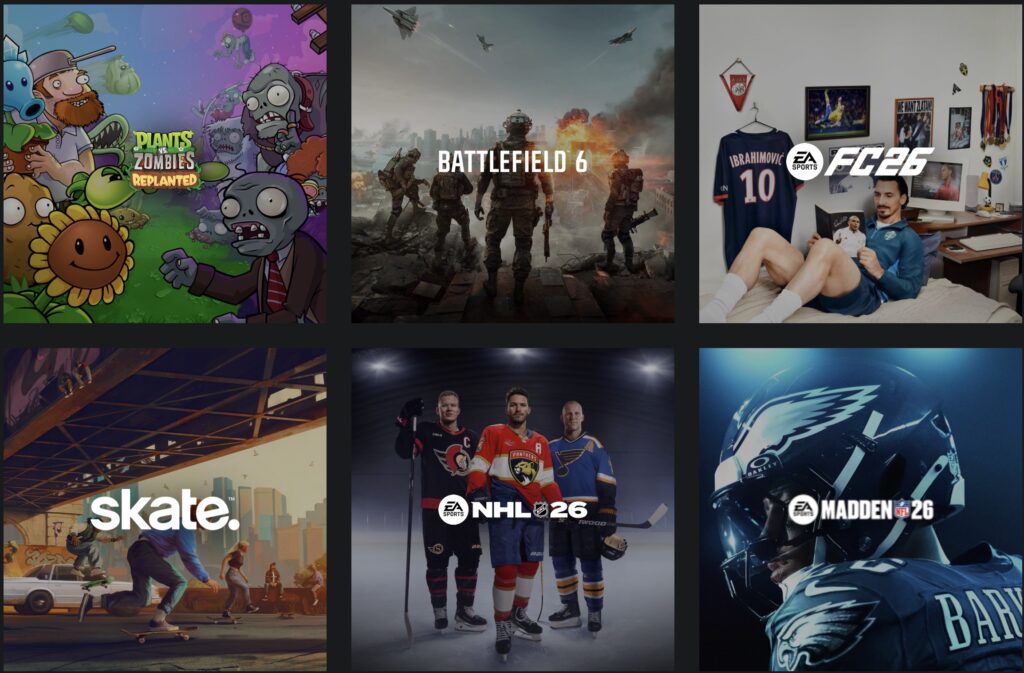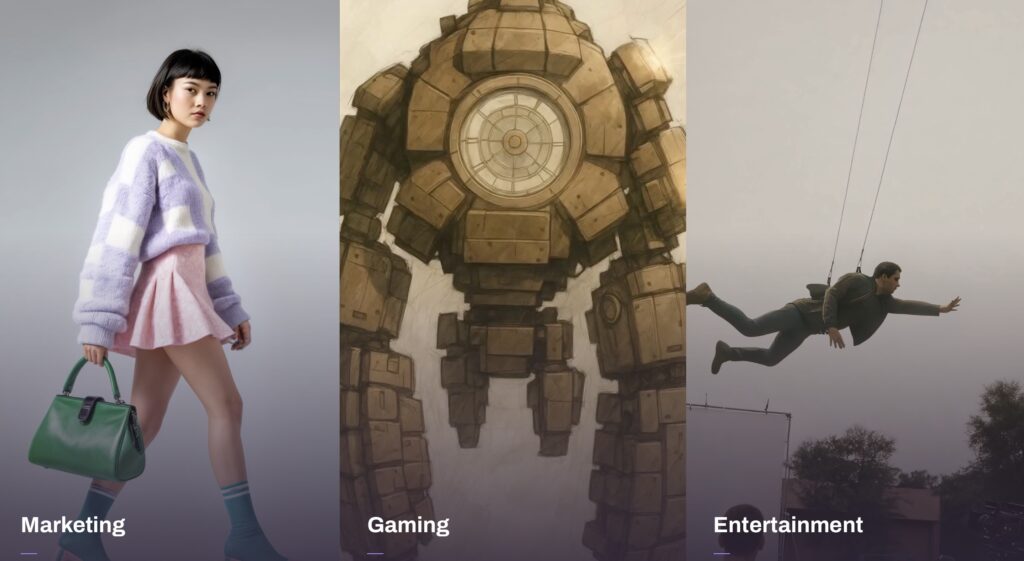How “Smarter Paintbrushes” Are Redefining Creativity in Gaming
- Strategic Partnership Unveiled: Electronic Arts (EA) has joined forces with Stability AI, the innovators behind the groundbreaking Stable Diffusion image generator, to co-develop AI models, tools, and workflows that promise to accelerate game creation without sacrificing artistic quality.
- Empowering Artists with Innovation: By focusing on “smarter paintbrushes,” the collaboration targets texture generation, physically based rendering materials, and 3D environment pre-visualization, allowing creatives to direct AI outputs through intentional prompts for more efficient asset production.
- Broader Industry Momentum and EA’s Stakes: This move aligns with a surging wave of AI adoption in gaming—from Take-Two’s optimism on job growth to Krafton’s AI-first pivot—while helping EA navigate financial pressures amid its impending privatization and mounting debt.
In the fast-evolving world of video game development, where creativity meets cutting-edge technology, Electronic Arts (EA) is making waves with a bold new alliance. On the heels of announcing its shift to a private company structure, EA has partnered with Stability AI, the company renowned for its Stable Diffusion tool that has democratized AI-powered image generation. This collaboration isn’t just about hype; it’s a calculated step to infuse AI into the heart of game design, potentially transforming how blockbuster titles like FIFA or The Sims come to life. By co-developing transformative AI models, tools, and workflows, EA aims to speed up development cycles while upholding the high standards that define its portfolio. As Steve Kestell, Head of Technical Art for EA SPORTS, put it in the announcement, these innovations act as “smarter paintbrushes,” equipping artists with the means to express their visions more fluidly and efficiently.

At the core of this partnership lies a focus on practical, game-ready applications that bridge the gap between human ingenuity and machine precision. Initial efforts are zeroing in on generating textures and in-game assets, with a particular emphasis on creating Physically Based Rendering (PBR) materials. These tools will produce 2D textures that deliver exact color and light accuracy, adaptable to any in-game environment—think vibrant soccer pitches in EA SPORTS titles that shimmer realistically under stadium lights or dynamic weather effects in open-world adventures. This isn’t mere automation; it’s about enhancing realism and consistency, allowing developers to iterate faster without endless manual tweaks. Kestell’s metaphor of “smarter paintbrushes” captures the essence: AI doesn’t replace artists but amplifies their ability to paint broader, more intricate canvases.
Taking it a step further, the duo envisions AI’s role in pre-visualizing entire 3D environments from a series of intentional prompts. Imagine an artist describing a futuristic cityscape or a lush alien planet in natural language, and the AI generating a fully realized prototype—complete with architecture, lighting, and terrain—that serves as a creative springboard. This workflow could shave months off pre-production phases, enabling teams to experiment boldly and refine concepts in real-time. Stability AI’s expertise makes this a natural fit; while Stable Diffusion has made headlines for its 2D image prowess, the company also offers robust tools for 3D model generation. From sculpting character models to populating vast virtual worlds, these capabilities align seamlessly with EA’s needs, turning abstract ideas into tangible assets with unprecedented speed.

This partnership reflects a broader tidal wave of AI enthusiasm sweeping through the gaming industry, where executives are increasingly viewing the technology as a productivity booster rather than a disruptor. Strauss Zelnick, CEO of Take-Two Interactive—the powerhouse behind Grand Theft Auto—recently emphasized that generative AI “will not reduce employment, it will increase employment.” His reasoning is rooted in economic fundamentals: technology drives productivity, which fuels GDP growth and, in turn, creates more jobs. Zelnick’s optimism underscores a consensus that AI tools will expand opportunities for creators, much like digital software revolutionized design decades ago. Similarly, Krafton, the publisher of the battle royale hit PUBG: Battlegrounds, doubled down on this trend by announcing plans to become an “AI-first” company just this week. Their commitment signals a proactive embrace of AI for everything from procedural content generation to player experience optimization, positioning them at the forefront of innovation.
Even tech giants with deep gaming ties are piling on. Microsoft, a major investor in the AI space, has rolled out gaming-specific tools and models tailored for prototyping—think rapid ideation for assets in titles like Halo or Minecraft. These developments aren’t isolated; they’re part of a symbiotic relationship where AI companies like Stability AI gain real-world testing grounds in high-stakes environments, while game studios like EA harness the power to stay competitive. The result? A virtuous cycle that could lead to more immersive, diverse games reaching players faster.
For EA specifically, the motivations run deeper than industry trends—they’re tied to survival in a turbulent financial landscape. The company is in the midst of a high-profile privatization deal, which will soon burden it with billions in debt. In this context, AI emerges as a pragmatic lifeline, theoretically slashing costs in labor-intensive areas like asset creation and environment building. By streamlining workflows, EA could redirect resources toward storytelling, gameplay mechanics, and player engagement—the elements that truly captivate audiences. This isn’t about cutting corners; it’s about reallocating talent to what matters most, ensuring EA emerges stronger from its transition. As the gaming world watches, this Stability AI partnership could set a precedent, proving that AI isn’t just a tool for the future—it’s the smarter way to build it today.
